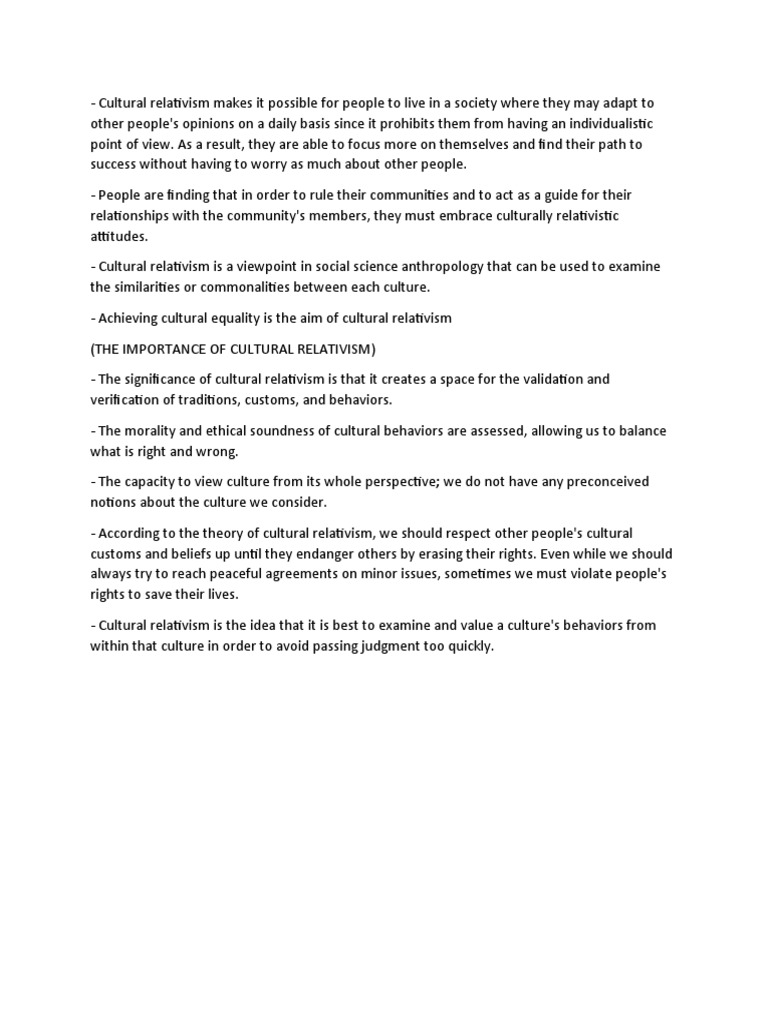Art manifests in innumerable forms, one of which being the evocative medium of poster making. Cultural relativism plays a pivotal role in this discipline, as it not only reflects the beliefs and values of a society but also engages in a profound dialogue across diverse cultures. The essence of cultural relativism lies in the understanding that a culture can only be contextualized within its own historical and social frameworks. This concept garners a specific relevance in the realm of poster making, revealing a tapestry of influences that shape visual communication.
At its core, poster making is a form of visual rhetoric—a method of persuasion that marries photography, illustration, typography, and design. These elements are not merely aesthetic choices; they embody the cultural context from which they emerge. In multicultural societies, this phenomenon is especially pronounced. Posters can serve as crucial vessels for cultural expression, allowing artists from disparate backgrounds to convey their narratives, ideologies, and resistance to prevailing norms.
One common observation is that posters often utilize symbols and motifs endemic to specific cultures. For example, a poster promoting environmental conservation might feature indigenous flora and fauna, employing these elements to resonate deeply with local communities. This tactic not only engages viewers but also reinforces cultural pride and environmental stewardship. It suggests an underlying acknowledgment that cultural context significantly influences how messages are interpreted and received.
The aesthetic choices made in poster design can act as a mirror to societal attitudes. Bright colors, dynamic layouts, and culturally specific imagery can evoke a sense of urgency or positivity. In contrast, muted tones and stark visuals may raise alarms about dire issues, capturing viewers’ attention through somber reality. This duality speaks volumes: while art is often heralded as universal, its effectiveness rests heavily on cultural understanding. The artist’s ability to navigate these cultural waters, drawing upon the shared psychological resonance of symbols, ensures that the message transcends mere visual appeal.
Moreover, cultural relativism urges us to examine the power dynamics at play in poster making. Historically, underrepresented or marginalized groups have employed posters to assert their identities and challenge hegemonic narratives. The civil rights movement in the United States birthed powerful posters that symbolized a quest for equality and justice. These works underscored the importance of cultural specificity, blending art with activism in a manner that rendered the struggles of African Americans visible. In this context, cultural relativism serves not only as an analytical tool but also as a blueprint for empowerment, rooting political messages in cultural frameworks that resonate with targeted audiences.
Additionally, cross-cultural influences cannot be overlooked. Globalization has intensified interactions among cultures, leading to a hybridization of artistic styles in poster making. A contemporary artist might incorporate elements from African tribal art alongside Western design principles, producing posters that speak to a multi-faceted identity. This interplay can yield delightful surprises. By blending disparate cultural motifs, artists can convey complex narratives that defy simple categorization. One might argue that this phenomenon highlights a pivotal evolution of cultural relativism: the ability to find harmony in diversity while challenging the confines of cultural appropriation.
The fascination with this blend of influences often stems from the desire to synthesize the global and the local. Audiences are frequently drawn to posters that showcase unique cultural narratives while tapping into universal themes, grounding them in a shared humanity. Furthermore, when artists feel free to express their cultural heritage on a larger platform, they inspire a reexamination of one’s cultural roots and encourage audiences to reflect on their own displaced identities. An alluring poster, inherently interlaced with cultural significance, invites dialogue about representation, authenticity, and global citizenship.
One can also consider the digital revolution and its impact on poster making and cultural relativism. In the online arena, designs can be disseminated and accessed by a global audience, thereby amplifying cultural voices that might otherwise remain localized. Social media platforms allow for virality, turning culturally specific designs into global phenomena. The phenomenon reflects a dual lens: while posters maintain their emotive, localized essence, they simultaneously embrace broader messages that can resonate across cultural lines. However, this raises critical questions about ownership and cultural commodification, emphasizing the need for sensitivity and awareness in cross-cultural exchanges.
Ultimately, cultural relativism in poster making reveals a complex tapestry woven from diverse threads of belief, identity, and aesthetics. Engaging with this topic fosters a deeper appreciation for the intricate interplay between art and culture. It illustrates that every poster bears the weight of its cultural origins and that the power of visual communication can enact change, provoke thought, and foster community. By examining this intersection, one navigates the shifting sands of societal values, recognizing that even in the realm of art, context remains indelibly linked to meaning. As we continue to explore the dimensions of poster making within the framework of cultural relativism, we unveil an expansive world of creativity reflective of human experience in all its myriad forms.
